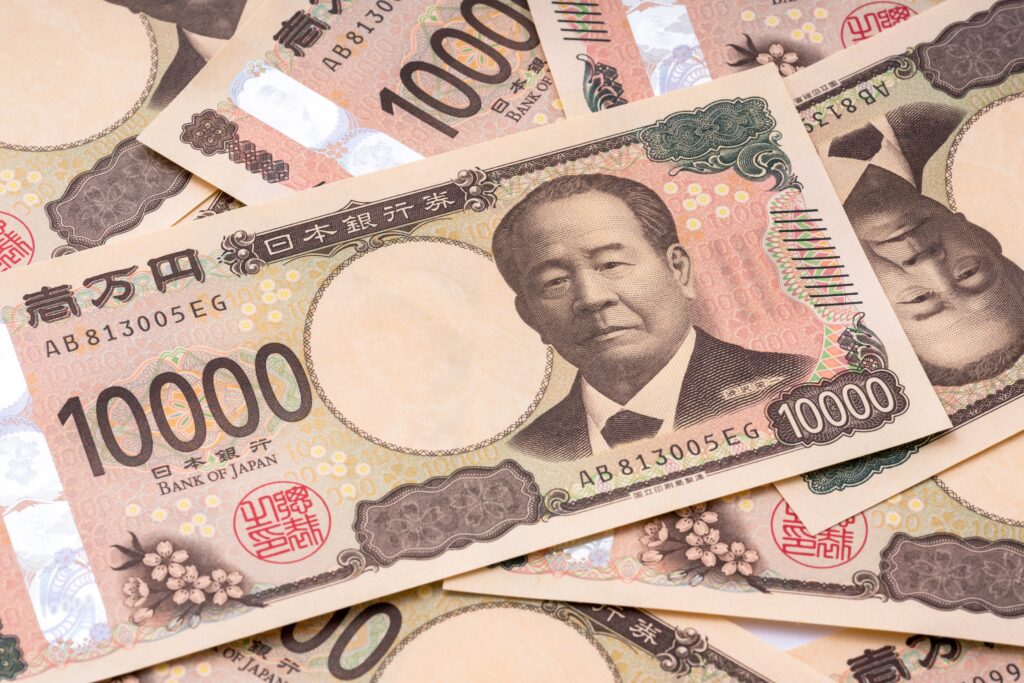Rate Hike Amid Rising Consumer Prices Japan’s central bank has raised borrowing costs to their highest level in 17 years. This decision follows a sharp acceleration in consumer price growth in December.
The Bank of Japan (BOJ) increased its short-term policy rate to “around 0.5%”. The move came shortly after data revealed that prices rose at their fastest pace in 16 months last month.
The BOJ last raised interest rates in July, which, combined with weak U.S. jobs data, surprised global investors. That event triggered a stock market selloff worldwide. This time, Governor Kazuo Ueda signaled the rate hike in advance to prevent another market shock.
According to official figures released Friday, Japan’s core consumer prices rose by 3% in December compared to a year earlier.
Implications of the Latest Decision This marks the BOJ’s first rate hike since July and coincides with Donald Trump’s return to the White House. During his campaign, Trump threatened tariffs on all U.S. imports, potentially affecting export-dependent countries like Japan.
The BOJ’s decision to raise rates now provides more room to cut them in the future if economic stimulus becomes necessary. The bank aims to steadily increase rates to around 1%, a level seen as neutral for economic growth.
The BOJ indicated that further rate increases from ultra-low levels are likely. Neil Newman, head of strategy at Astris Advisory Japan, stated, “Rates will rise as wages grow, inflation stays above 2%, and the economy shows some growth.” Stefan Angrick, a Japan economist at Moody’s Analytics, predicted another 25-basis-point hike within six months.
Historical Context and Future Outlook Last year, the BOJ raised borrowing costs for the first time since 2007. Japan had kept rates low for years due to stagnant price growth. That hike eliminated negative interest rates, a policy where depositors pay to keep money in banks. Negative rates aim to encourage spending instead of saving.
The BOJ’s latest move underscores its commitment to normalizing monetary policy while navigating the challenges of inflation and economic growth.


